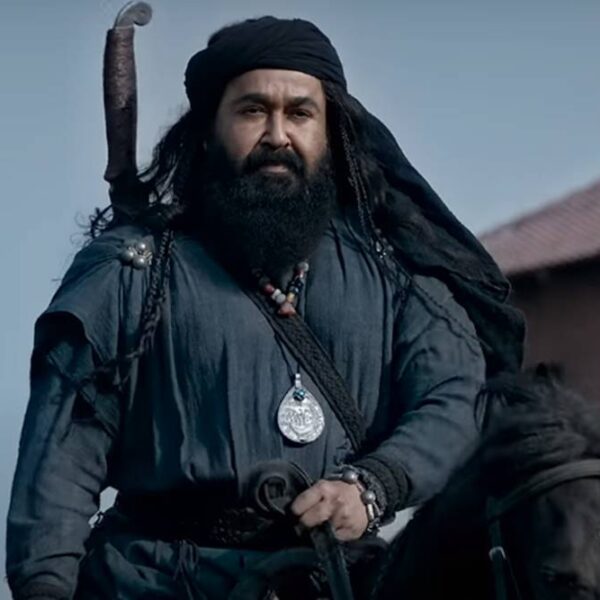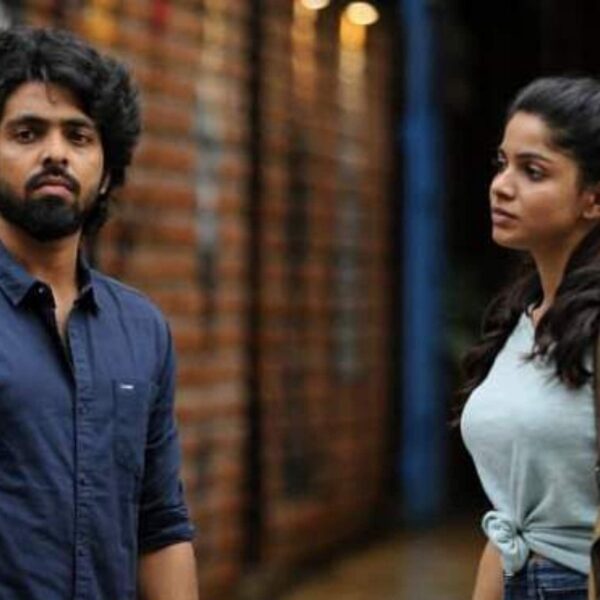STORY: Mussoorie lad Ishana (Ahan Shetty) falls in love with a local politician’s London-educated daughter Ramisa (Tara Sutaria). While it might appear like a rich-girl-poor-boy love story, as the film unfolds, there’s more to it than that.
REVIEW: Launching a newcomer is quite an arduous task for any filmmaker. While trying to present them in the finest possible way, it’s also crucial that the actor in question is provided enough scope to display his or her wares. The first few seconds into Milan Luthria’s Tadap, and one knows the purpose of the film: to highlight debutant Ahan Shetty’s prowess as an angry action hero who is fuelled by his passion for his ladylove, played by Tara Sutaria. The film is the remake of the 2018 Telugu film, RX 100, which was based on a real incident.
Up to the interval point, Tadap’s narrative makes itself look like a typical love story of a poor boy’s romance with a rich girl, who appears to have been forcefully married off to another mister of her father’s choice. Post intermission, the narrative suddenly has a lot to unpack and it rushes to reveal all that led to lovers’ separation. Ishana’s character graph in the film stays steady throughout — he’s intense, fierce, and deeply passionate. And that is what works for Ahan in his debut film. His effort to internalise an intense character like Ishana in his very first film is palpable. While his dialogue delivery has scope for fine-tuning, Ahan has an impressive screen presence and shows a spark in his debut outing. However, in their bid to present him as a true-blue action-romance hero, the film’s writer Rajat Aroraa (screenplay and dialogues) and director Milan Luthria have focussed way too much on padding it with hefty dialogues, which are almost poetic and stuck in some sort of a time warp, and plot points that don’t service the story effectively.
As Ahan’s adoptive father, who the whole of Mussoorie refers to as Daddy, Saurabh Shukla pulls off his act with ample warmth and conviction. He lends gravitas to this narrative. Tara Sutaria as Ishana’s love interest Ramisa looks gorgeous in every frame – irrespective of whether she’s being playful, romantic, or breaking down. She could have shined more had the screenplay made some more provision for it, apart from a plot twist in the second half. The film falters at the story level, which makes it seem stretched for its runtime. While Tadap feels sluggish pre-interval, it literally wears running shoes in the second half, unravelling dramatic twists and turns, coupled with some heavy action pieces. As a viewer, one only ends up wishing for some parts of this half to have been eased into the first half to create a more gripping watch.
The songs by Pritam are hummable. The cinematography romances Mussoorie as a city – making it look dreamy and beautiful and lending a pretty backdrop to the love story. It’s not troublesome that Tadap is an unapologetic commercial potboiler. But one can’t ignore that it’s filled with tropes and with sequences that make it look jaded for the time in which it’s set. Also, the passion in this love story often fails to stir your emotions, as the writing is unable to hold it together.
To sum it up, while Tadap unabashedly plays to the gallery with action, music, and well-shot visuals, it would have helped a great deal if its screenplay had created some more room for the actors to drive home a more memorable love story.







Leave a Comment